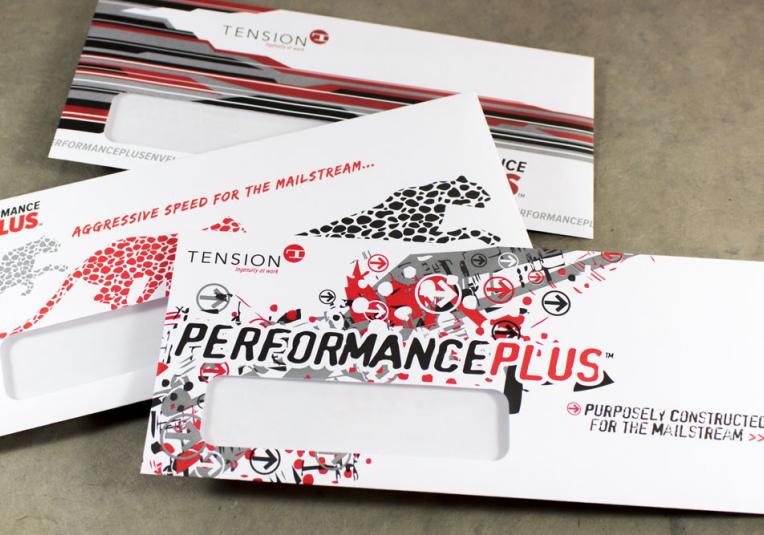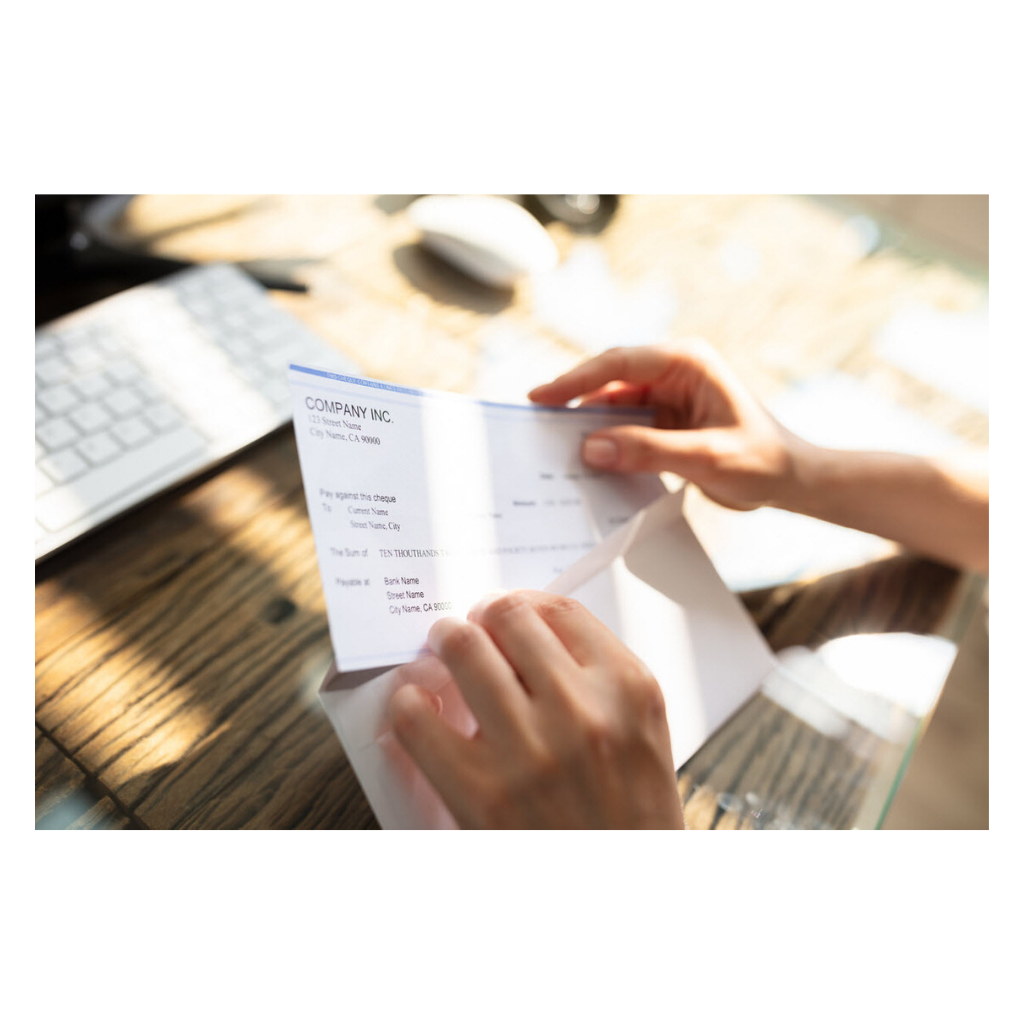When even the smallest jam on your inserter can take hours to correct, a little upfront planning and clear communication with your envelope manufacturer is well worth the effort. An envelope specification that is best suited for your specific operational environment may help you avoid costly mistakes.
At Tension, we believe that having open lines of communication between salespeople and customers leads to improved results. So, when you are starting a new envelope project, consider asking your salesperson the following four questions. They may help you save time and money by averting inserting issues downstream.
1. Is my paper specification optimal for my application?
When it comes to run time, the wrong paper can thwart even the best envelope design. Always confirm with your envelope manufacturer that the most appropriate paper has been selected for your envelopes.
Tension, for example, only uses first-run, major-mill produced paper. As compared to brokered paper, or “seconds,” the quality and construction is far more consistent. Consistency of your paper has a critical impact on the quality of your envelope, and therefore the uptime of your inserter. While it may be tempting to use a less expensive off-brand source or lesser paper grade, you stand to pay the price with less than optimal inserting performance.
Additionally, speak with your sales associate about different paper types and basis weights available for your application. Paper is important in terms of its quality, consistency, weight, stiffness (ability of the paper to resist bending) and burst strength (the amount of pressure the paper can tolerate). Your salesperson can review your requirements and provide recommendations well suited to your inserting environment and envelope application.
2. Have we made the best decision on side seam width?
Well-constructed side seams can stave off inserter jams by allowing the insert to slide smoothly inside the envelope, making it imperative to specify your side seams properly. Both the bulk of your overall mail package and the width of your inserts can impact the side seams required for your envelope.
Before finalizing your specifications, talk to your salesperson about your inserter’s requirements and what you will be inserting. Your salesperson can help confirm that you’ve selected the best measurements.
3. How are the envelopes packed? Aren’t all cartons the same?
A carton’s purpose may appear to be simple: Provide a vessel to transport envelopes from point A to point B without damage. However, the role of the carton is much more significant.
Envelopes continue to dry (or “cure”) after they are packed into cartons. A tightly packed carton helps envelopes stay flat until they are fully dried. Remaining flat plays out in the insertion process where even the slightest “twist” or “curl” can lead to downtime. A curved envelope flap can also cause major inserter stoppages.
Therefore, the strength, envelope count, size, burst rating, orientation and fluting of your carton/pack are all variables that should be carefully considered when putting your envelope specification together. Taking the time upfront to consider these details will help to ensure your envelopes perform as intended. Talk to your salesperson to verify your needed specifications – not all cartons are the same!
4. Do you offer a product specifically designed for my inserters?

Seasoned envelope manufacturers not only know how to answer customer questions in a way that provides helpful insights, they can also recommend products that are most compatible with their inserting equipment.
Tension’s Performance Plus™ envelopes are designed to perform in a variety of high-speed inserting environments and can be customized based on your specific project requirements. Having a discussion about your inserting environment with your salesperson when designing your envelope will pay huge dividends over time.
Quality Experts
Tension has quality control measures in place throughout our processes to help ensure we sell, produce and deliver quality products. Contact us today to learn more about how our envelopes can help keep your inserters running.




